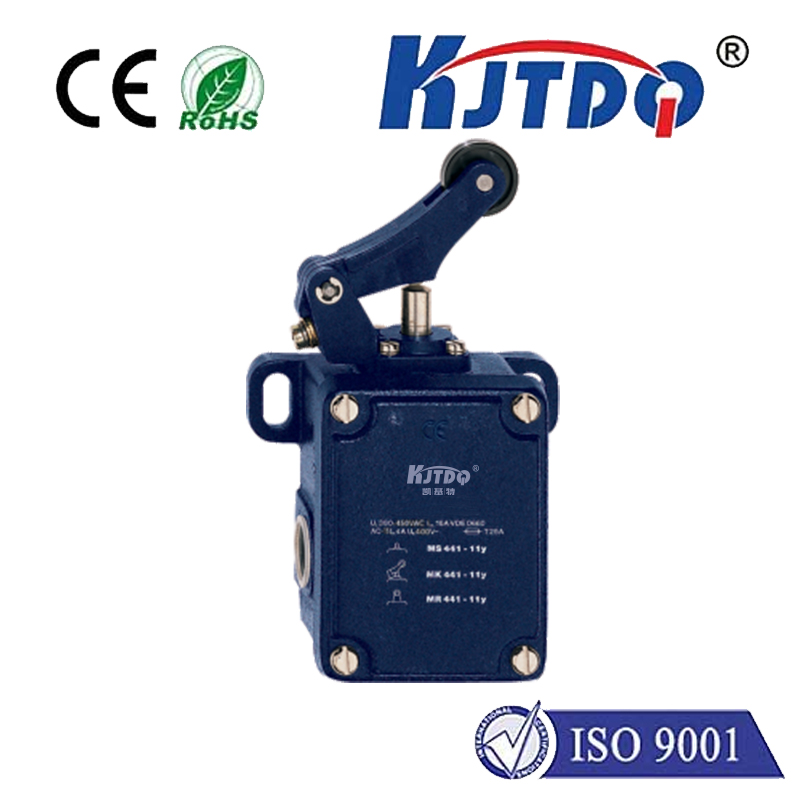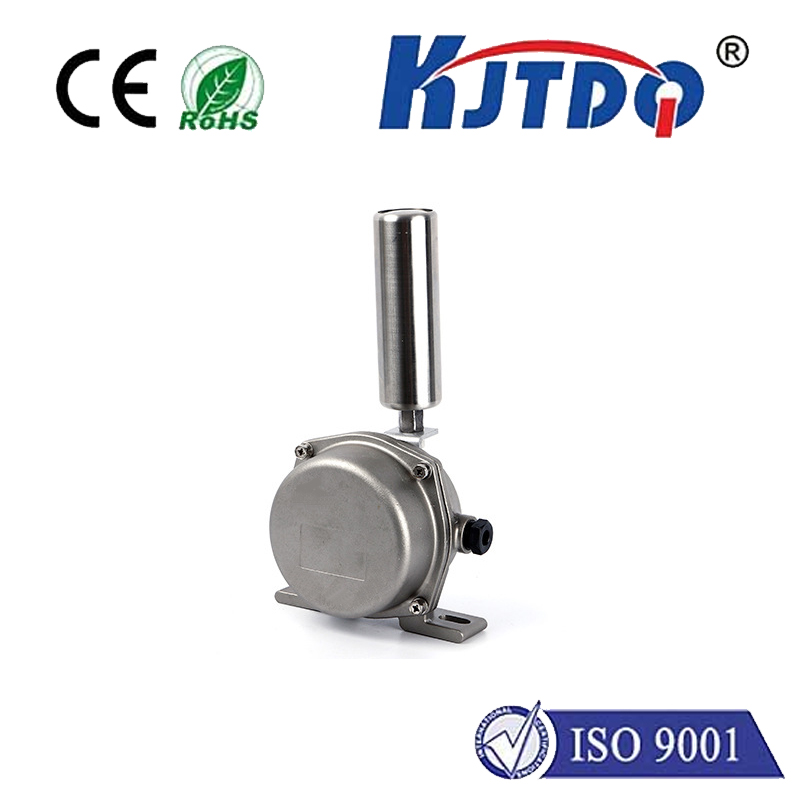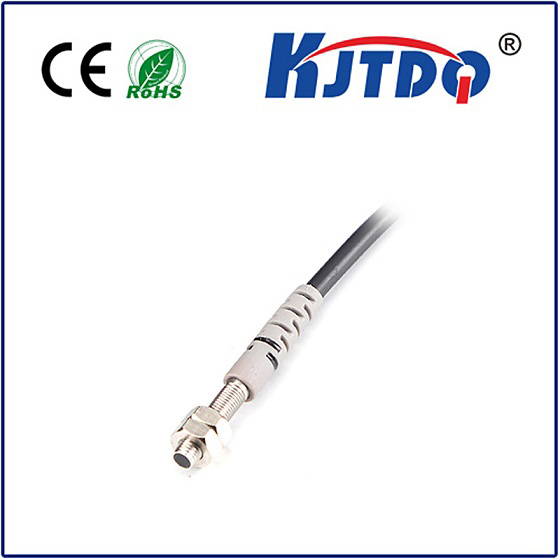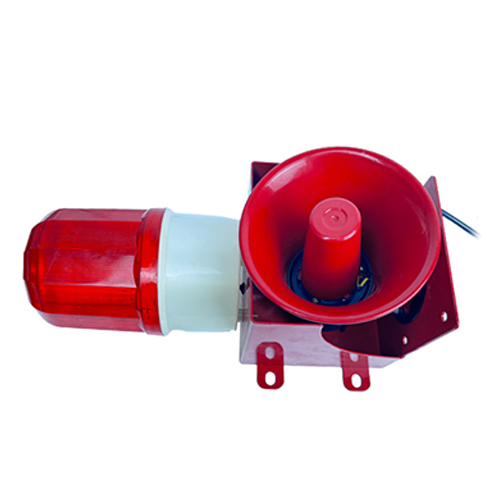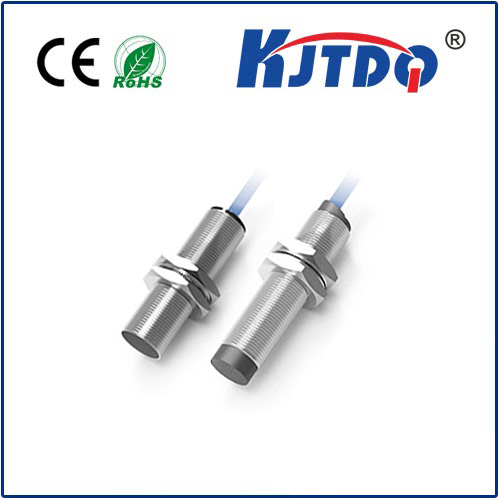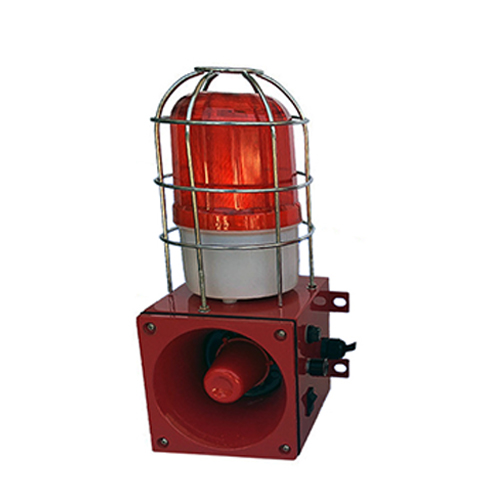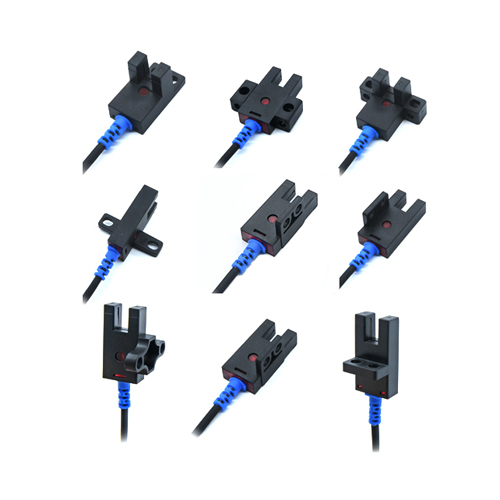

check

check

check

check

check

check

check

check

check

check
Title: The Role of Liver Type Limit Switch in Machinery Operations
The liver type limit switch is a crucial component in machinery operations, acting as a safeguard against potential damage and ensuring optimal performance. This device is designed to detect the position of moving parts and halt their motion when they reach a certain point, preventing accidents and reducing maintenance costs. In this article, we will explore the importance of liver type limit switches and how they contribute to the efficient functioning of various machines.
Firstly, it is essential to understand the basic working principle of a liver type limit switch. This switch consists of a lever arm that is attached to a mechanical or electromechanical actuator. When the lever arm is moved, it triggers an electrical signal that activates or deactivates a particular mechanism within the machine. The liver-shaped design allows for maximum flexibility and sensitivity, making it ideal for use in applications where precision is critical.

One common application of the liver type limit switch is in conveyor systems. As materials move along the conveyor belt, the switch can detect when they have reached the end of the line or if there is an obstruction on the belt. This prompts the system to stop or reverse direction, preventing any potential jams or collisions that could cause damage to both the machinery and the products being transported.
Another example of the liver type limit switch's utility is in industrial robotics. These sophisticated machines require precise control over their movements to perform tasks such as welding, assembly, and packaging. By using liver type limit switches, engineers can create failsafe mechanisms that prevent the robot from exceeding its programmed boundaries or causing harm to nearby personnel or equipment.
In addition to these practical applications, liver type limit switches also play a vital role in monitoring environmental conditions. For instance, they may be used in HVAC systems to regulate temperature by triggering fans or heating elements when specific thresholds are met. Similarly, they can help maintain humidity levels in greenhouses or other climate-controlled environments, ensuring optimal growing conditions for plants or other organisms.
Furthermore, liver type limit switches are often integrated into safety systems to protect both operators and machinery. In heavy machinery such as cranes or elevators, these switches can detect when loads exceed safe weight limits or if cables become entangled, alerting operators to take corrective action before accidents occur. Additionally, they can be used in emergency stop buttons to immediately halt all motion in case of unexpected events.
In conclusion, the liver type limit switch serves as an essential component in various machinery operations due to its ability to provide precise control and protect against potential hazards. Whether it is employed in conveyor systems, industrial robotics, environmental monitoring, or safety systems, this versatile device ensures reliable operation and reduces the risk of accidents and equipment failure. As technology continues to advance, it is likely that we will see even more innovative uses for liver type limit switches in the future.
